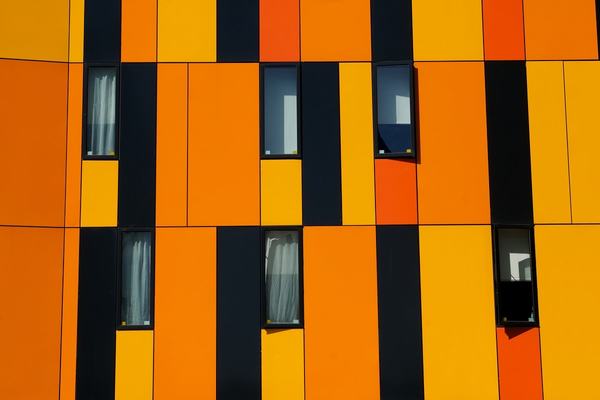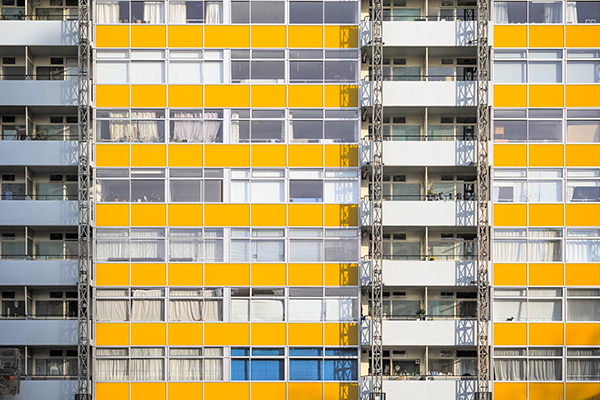You are viewing 1 of your 1 free articles
Government reveals materials for new cladding tests
The government has revealed the cladding materials it intends to use in the new round of tests focused on cladding of a different kind to that used on Grenfell Tower.
Not long after the Grenfell Tower fire, which killed 72 people, the government commissioned tests on cladding made from aluminium composite material (ACM), the material used on the tower and widely blamed for helping the fire to spread.
In September last year, it also announced a ban on combustible materials being used to clad high-rise buildings, including non-ACM.
As yet, however, it has not tested various types of non-ACM cladding to see if landlords will have to remove it from their buildings.
At the time, he said that if the materials were found to be as dangerous as ACM, the government would have no choice but to seek to remove it from existing buildings.
In answer to a written question from Labour MP Steve Reed, Mr Malthouse said: “The current list of materials proposed to be tested has been selected in consultation with the project steering group, which is made up from the cross section of experts in this field.
“The list consists of: zinc composite material, copper composite material, aluminium honeycomb, high-pressure laminates (HPL), brick slip systems and reconstituted stone.
“Where the composition varies between products within one of these generic material types, more than one product will be investigated.”
The government plans to commission the Building Research Establishment to carry out the tests, the same organisation which tested the ACM cladding.
According to the latest government figures, 434 high-rise residential and public buildings were originally found to be clad in dangerous ACM cladding. With work complete on 73 of these, 361 still require work.
Research from the insulation company Rockwool, however, estimates that there are a further 1,678 buildings clad in other non-ACM combustible materials.
Some landlords have removed non-ACM cladding from their buildings, including Metropolitan Thames Valley, which stripped HPL – one of the materials to be included in the latest round of government tests – off a tower block after it failed tests.











